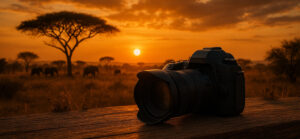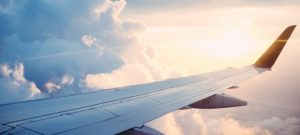The Unique Charm of South African Photo Safaris
South Africa is renowned for its breathtaking landscapes, diverse wildlife, and rich cultural heritage, making it a prime destination for photo safaris. Unlike traditional safaris, a photo safari is designed to provide participants with ample opportunities to capture stunning images of wildlife in their natural habitats. The experience often includes guided tours by experienced photographers who offer tips and insights on capturing the perfect shot.
For instance, the Kruger National Park is a popular destination for photo safaris, offering over 19,000 square kilometers of incredible biodiversity. It is home to the Big Five—lion, leopard, rhinoceros, elephant, and Cape buffalo—among other species. On a photo safari here, you can expect to witness and photograph these majestic animals in settings that range from savannahs to dense woodlands.
Tip: To make the most of your photo safari, familiarize yourself with the wildlife of the area. Understanding animal behavior will help you anticipate movements and capture more dynamic photographs. Consider bringing a telephoto lens to capture distant subjects without disturbing their natural behavior.
Choosing the Right Equipment for Your Safari
Choosing the right photography equipment is crucial for capturing high-quality images on a South African photo safari. Due to the vast landscapes and diverse wildlife, a range of lenses is necessary to accommodate different shooting scenarios. A combination of a telephoto lens for distant shots and a wide-angle lens for landscapes will cover most needs.
For example, during a safari at the Sabi Sands Game Reserve, which is known for its leopard sightings, a 200-400mm lens is perfect for capturing detailed shots of these elusive cats from a safe distance. Meanwhile, a 24-70mm lens can be used to capture the expansive beauty of the African savannah.
Tip: Ensure your gear is well-protected against the elements. Use lens hoods to reduce glare and invest in a good-quality camera bag that offers weather protection. Also, pack extra batteries and memory cards, as you’ll likely be taking many photos each day.
Understanding the Best Times for Wildlife Photography
Timing is everything in wildlife photography, and the lighting conditions in South Africa can greatly impact your images. The best times for photography are usually during the golden hours—shortly after sunrise and before sunset—when the light is soft and warm, creating stunning photo opportunities.
For instance, at the Addo Elephant National Park, early mornings and late afternoons provide the ideal lighting to photograph elephants as they roam across the plains. During these times, the low angle of the sun reduces harsh shadows and highlights the textures of the animals‘ skin.
Tip: Plan your safari schedule around these times to increase your chances of capturing captivating wildlife photos. Additionally, consider using a tripod for stability during low-light conditions, which will help you maintain sharp images even with slower shutter speeds.
Ethical Considerations and Respect for Wildlife
When participating in a photo safari, it is crucial to respect the wildlife and their habitats. Ethical photography practices ensure that animals are not stressed or endangered by human presence. This means maintaining a safe distance, minimizing noise, and never feeding or attempting to attract animals for a photograph.
In places like the Hluhluwe-iMfolozi Park, where conservation efforts are in place to protect endangered species like the white rhino, following ethical guidelines is particularly important. Responsible photography helps support these initiatives and preserves the natural environment for future generations.
Tip: Observe and adhere to the park’s rules and the guidance of your safari guide. Practice patience and let the animals come to you rather than chasing them for a shot. Remember, the welfare of the wildlife should always take precedence over capturing the perfect image.





